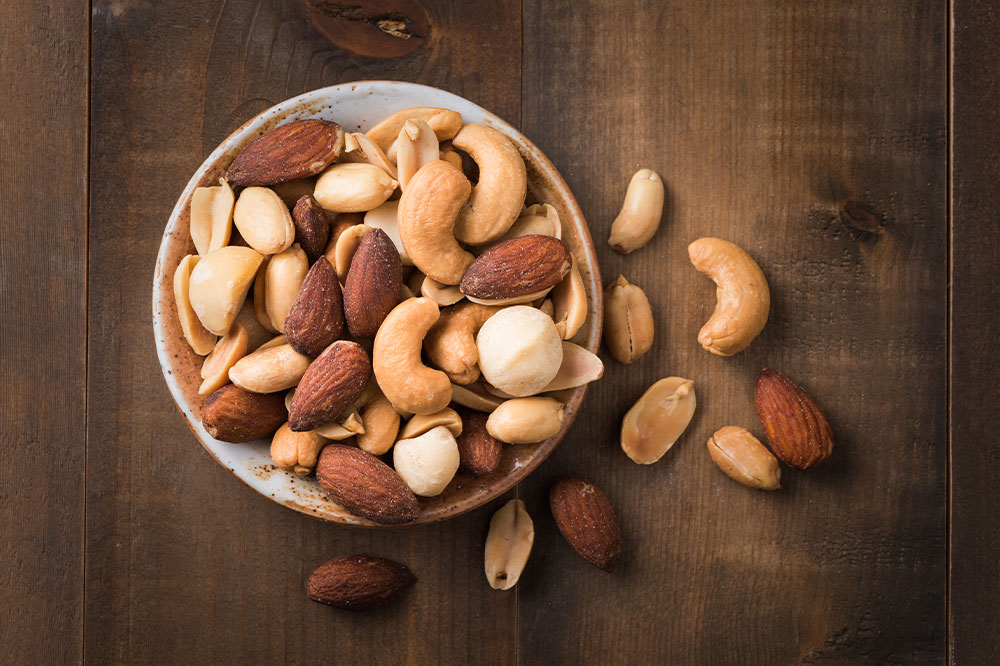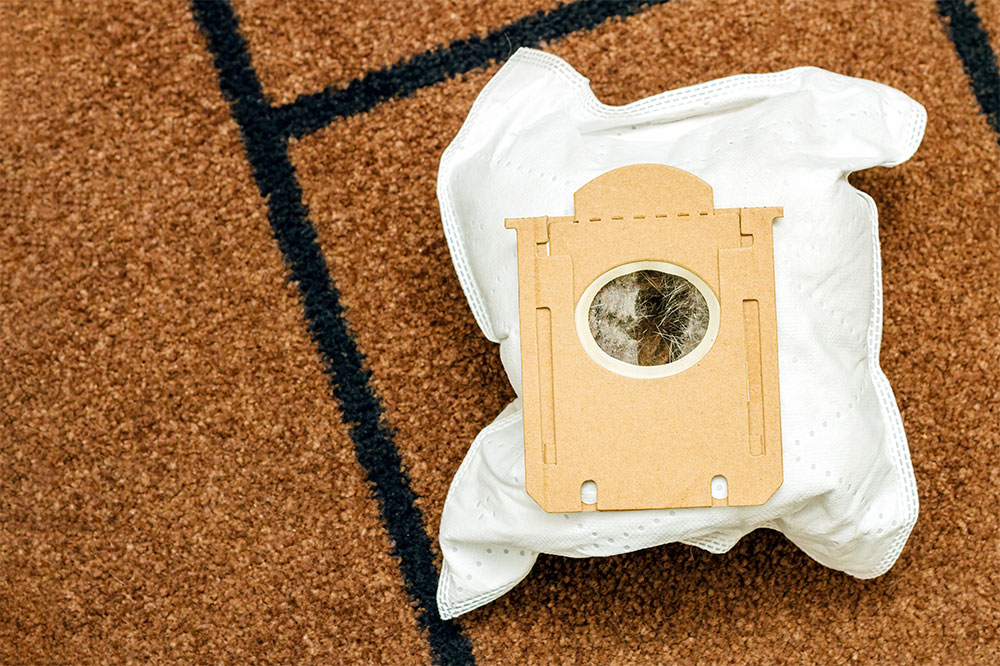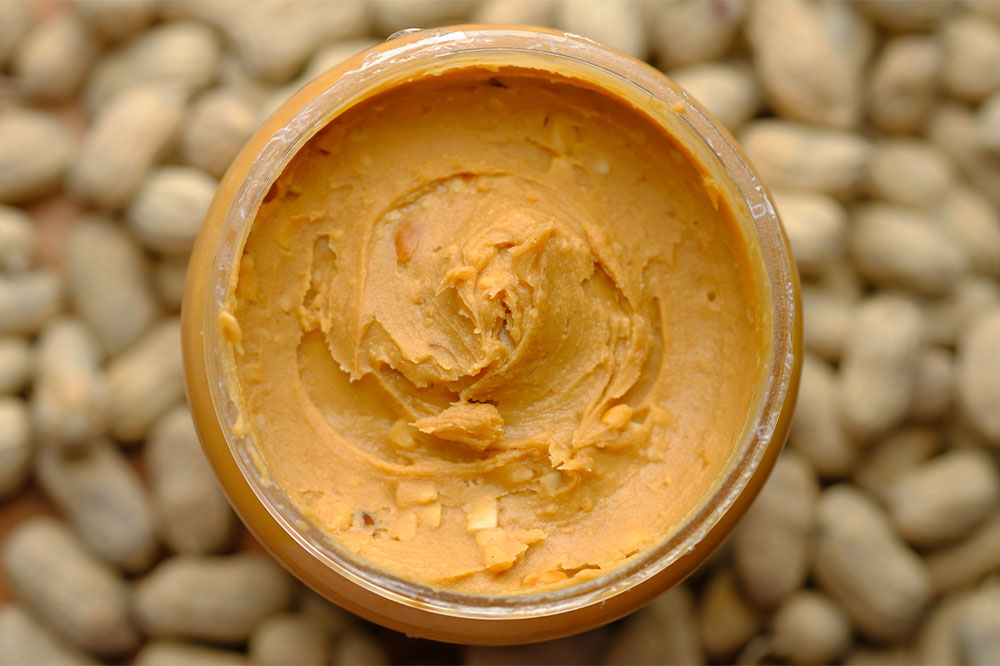Health issues caused by excessive water intake

It’s important to stay hydrated for good health, but drinking too much water can also cause problems. Overhydration occurs when there’s excess water in the body, leading to complications with various organs. It is crucial to know the importance of drinking enough water and the issues that can arise when one drinks too much water. Read on to learn about health issues one may experience as a result of overhydration.
Hyponatremia
This is a condition in which the sodium levels in the body are below the normal amount. The normal levels are 135 to 145 milliequivalents/liter, but the levels drop below 135 in hyponatremia. One of the reasons why this condition is caused is due to too much water or fluids in the body. This excess hydration can “water down” the sodium in the body leading to complications. Some of the symptoms of this illness can include vomiting, nausea, low blood pressure, loss of energy, seizures or coma, muscle weakness or twitching, cramps, restlessness, bad temper, headache, fatigue, and confusion.
Water poisoning
This may sound unusual, but it is something that happens when one drinks water in excess. One can experience water poisoning, intoxication, or even damage to brain function due to excess water in the body. When there is excess water in the body, the cells start to absorb this water. When these cells absorb the water, they swell up. Since a human body is made up of cells, this swelling can occur anywhere in the body, including the brain. As these brain cells swell up, they pressure the organ and disrupt brain function. One can experience symptoms like headaches, drowsiness, and even confusion. This pressure from the cells can also cause other complications like hypertension or high blood pressure and low heart rate or bradycardia.
Strain on kidneys
Proper hydration is essential when it comes to healthy kidneys. However, overhydration can put an undue burden on the organs in the body, especially the kidney. The function of the kidney is to filter out the waste products from the blood. When one drink excess water, this process becomes tedious, and the organ has to work extra long hours to maintain the fluid balance in the body. This burden can lead to kidney diseases, disrupting their functions, or kidney damage like renal failure. These are serious conditions that need excessive treatments to cure the disease, and in some cases, it is impossible to reverse the damage.
Electrolyte imbalance
The bodies contain essential electrolytes like sodium, magnesium, and potassium, which play a crucial role in the healthy functions of all the organs in the body. They help maintain fluid balance. When there is too much water in the system, this delicate electrolyte balance is disrupted, leading to complications. Low levels of electrolytes due to excess water intake can cause issues like irregular heartbeat, muscle weakness, fatigue, and even cardiac arrest. This condition usually develops in high-performance athletes who engage in intense physical activities and need regular hydration. But often, they overhydrate without knowing and then experience an electrolyte imbalance. That is why all athletes are recommended to have drinks that contain electrolytes to help rebalance the levels in the body.
Signs of overhydration
There are some early signs and symptoms that one can refer to, which can help one take the right steps to decrease water intake and let the fluid levels come back to their normal range.
Urine color
The color of urine ranges from pale yellow to tea-colored. This color variation depends on the level of water one consumes throughout the day. If the urine color is pale yellow, it is a sign that one is not drinking enough water and need to hydrate. If the color of the urine is often clear with every visit to the bathroom, then one needs to control the water intake. The pigment called urochrome gives urine its color, and when it is diluted with water, the pee is usually clear.
Bathroom trips
Using the bathroom to pee 6-8 times a day is normal. However, if one drinks more water than usual, sit in a cold room, or the weather is very cold, even 10 visits to the bathroom are fine. If one consumes too much caffeine, having 10 trips to the bathroom is also normal. But if one has to use the bathroom more than 10 times daily, one should monitor one’s water intake.
Nausea
Ironically, some symptoms of excess water or overhydration are remarkably similar to dehydration – like nausea and vomiting. With excess water, the kidney is unable to process this fluid and filter it out. This fluid then collects in the body, leading to vomiting, nausea, or even diarrhea.
Throbbing headaches
Headaches are common even with dehydration, but in overhydration, the headaches are caused due to the swelling of the cells. When there is excess water in the system, the cells soak up this water and swell up. These swollen cells then apply pressure to the brain leading to throbbing headaches. This is a serious issue and should be adequately addressed to avoid any permanent damage like brain impairment. There can even be respiratory issues due to these swollen cells and impaired function.
Discoloration of hands and feet
This is again due to the swelling of the cells. When the cells swell up, they also stretch the skin, and one can notice some swelling on the skin as well. This can lead to discoloration of hands, feet, and lips too.
Weak muscles
As discussed before, there is an electrolyte imbalance in the body due to excess water intake, so this electrolyte balance also causes muscles to weaken. The sodium, potassium, and magnesium levels in the body help in many functions, including muscle health. When there is an imbalance in these minerals, it can lead to muscle spasms and cramping.







